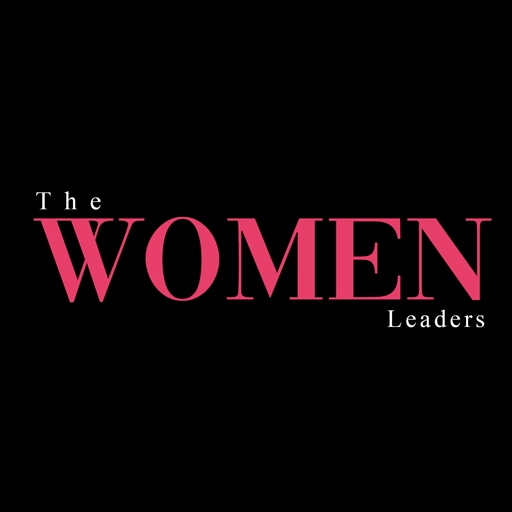
Leading with Impact: The Power of Women in Executive Roles

For decades, leadership in corporate spaces was dominated by men, with women struggling to secure seats at the decision-making table. Today, that narrative is slowly changing as more women step into executive roles, proving that leadership is not defined by gender but by vision, capability, and resilience.
The Shifting Landscape of Corporate Leadership
In recent years, the number of women in executive positions has grown significantly. According to a 2023 McKinsey report, the representation of women in the C-suite has increased by 30% over the last decade. Companies like General Motors, Citigroup, and Walgreens Boots Alliance now have women at the helm, proving that corporate leadership is no longer an exclusive boys’ club.
But while progress is evident, challenges remain. Women still make up only about 10% of Fortune 500 CEOs, and biases—both conscious and unconscious—continue to hinder equal opportunities.
What Sets Women Leaders Apart?
Studies suggest that women bring distinct leadership styles that contribute to corporate success. These include:
- Empathy in Decision-Making – Women leaders often prioritize emotional intelligence, leading to stronger team collaboration and employee engagement.
- Long-Term Strategic Thinking – Research by Harvard Business Review indicates that female executives focus on sustainable growth rather than short-term gains.
- Adaptability and Crisis Management – Women-led companies demonstrated resilience during the COVID-19 crisis, with female executives excelling in navigating uncertainty.
The Business Case for More Women in Leadership
Having women in executive roles isn’t just about diversity but business performance. A 2020 report by McKinsey found that companies with more gender-diverse leadership teams were 25% more likely to outperform their competitors in profitability.
Why? Because diversity fosters innovation. Companies that embrace diverse leadership teams benefit from a broader range of perspectives, better risk management, and stronger customer relations.
Breaking Barriers: What Still Needs to Change?
Despite the progress, systemic challenges persist. The corporate pipeline still filters out many talented women before they reach executive levels. Common barriers include:
- The “Double Bind” Dilemma – Women leaders are often expected to be assertive yet likable, a balancing act that male counterparts rarely face.
- Unequal Access to Networks – Executive mentorship and sponsorship opportunities are often male-dominated, making it harder for women to climb the corporate ladder.
- Work-Life Balance Expectations – Societal norms still place a disproportionate burden on women to balance careers and families, creating additional hurdles.
Solutions for a More Equitable Future
To ensure more women reach top leadership positions, businesses need to implement structural changes:
- Equitable Promotion Practices – Companies must track promotion rates by gender and address gaps in career advancement opportunities.
- Stronger Mentorship Programs – Women need access to high-level mentorship and sponsorship opportunities to gain visibility in executive circles.
- Flexible Work Policies – Policies that support work-life balance, such as parental leave and remote work options, can help retain female leadership talent.
Final Thoughts
Women in executive roles are not just transforming businesses—they’re reshaping the future of corporate leadership. As companies continue to recognize the value of diverse leadership, the path forward becomes clearer: breaking old biases, fostering inclusivity, and ensuring that leadership is defined by merit, not gender.
Read More: Women at the Helm: Transforming Leadership Styles in the Modern Era
Leading with Impact: The Power of Women in Executive Roles

Five Eyes Ministers Unite Against People Smugglers
Five Eyes Ministers unite against people smugglers in London, announcing coordinated action on border security, asylum processing, and transnational trafficking disruption.

Eurozone Inflation Inches Up to 2.1% in August
Eurozone inflation inches up to 2.1% in August, driven by food and services, while core inflation holds steady at 2.3%, keeping ECB policy on pause.

UK Manufacturing Continues to Contract as Orders and Exports Fall
UK manufacturing continues to contract for the 11th consecutive month, with PMI at 47.0. New orders and exports slipped amid tariff pressures and weak client confidence.

Changing the Dynamic on Diversity in Alternative Investments | Sasha Jensen
Sasha Jensen is the founder and CEO of Jensen Partners, a leading global executive search firm, and Jensen DiversityMetrics™, the enterprise software solution for workforce diversity, equity, and inclusion. As the woman at the helm of both organizations, Sasha is a leading expert on talent markets for capital raising and investment professionals across the alternative investment industry. Jensen Partners’ team of recruitment specialists and data scientists produce the industry’s most comprehensive human capital data and leverage that data to recruit candidates, track workforce trends and accelerate DEI progress industrywide.



















